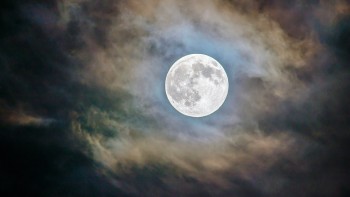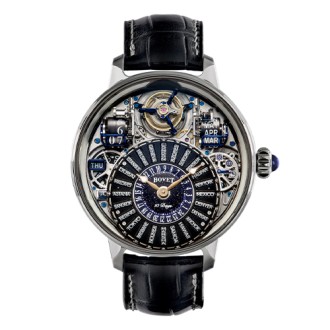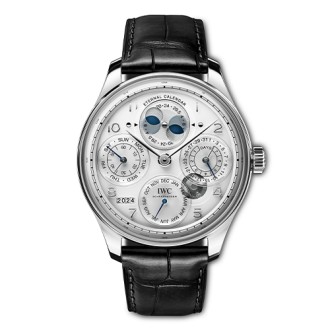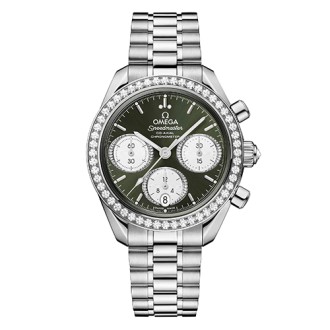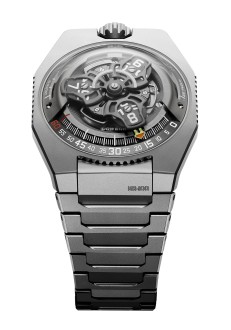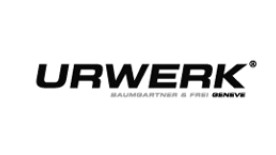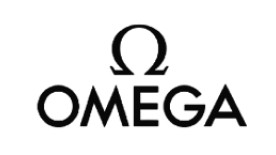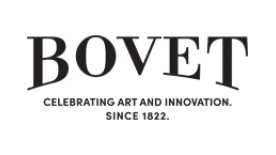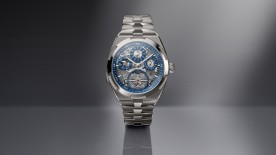The United States government recently announced that it has tasked NASA with the creation of a brand-new time zone for the moon called Coordinated Lunar Time (LTC). This new horological happening is far more complicated than just picking one of the 24 time zones on Earth, however, as time travels faster on the moon. A day on the moon is 58.7 microseconds faster than a day on Earth due to the moon’s weaker gravitational pull. Not only this, but time varies depending on the longitude and altitude on the moon.
The reason behind the need to define a Coordinated Lunar Time is that lunar space travel is expected to increase quite dramatically in the coming years, both from different national agencies (U.S., China, and India to start with) and private companies. Relying on terrestrial Coordinated Universal Time (UTC) can be complicated for astronauts as they need to dock, land, navigate, share data, and communicate on and around the moon, making a standardized time system imperative for safety.
NASA has until 2026 to implement the final standardized time system which could see something like a system of atomic clocks being positioned on the moon’s surface which will tick differently to those on Earth.
For the more traditional watchmakers on Earth, this could be a whole new avenue of exploration to offer a watch with both UTC and LTC. Omega is the first watch brand that comes to mind due to its connection with the very first lunar mission in 1969 when Neil Armstrong and Buzz Aldrin made “one small step for man, one giant leap for mankind”. The Speedmaster model that they wore was not only the first watch to go to the moon, but has since become the timepiece that has served on the most lunar missions, making it the perfect fit for an LTC complication.
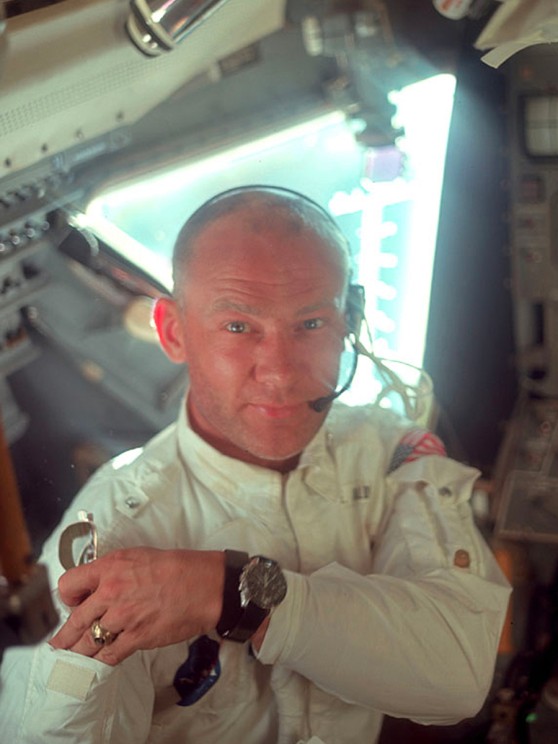
Another brand that I believe would love this kind of challenge is Urwerk. The brand’s co-founders Felix Baumgartner and Martin Frei are nuts about everything connected to space and timekeeping, and if they can connect the two, they are even happier! The brand not only offers an atomic clock in its collection, but it also has a timepiece that features a counter measuring the kilometres travelled by the Earth along its own axis in 20 minutes, and another for the kilometres travelled by the Earth around the Sun.
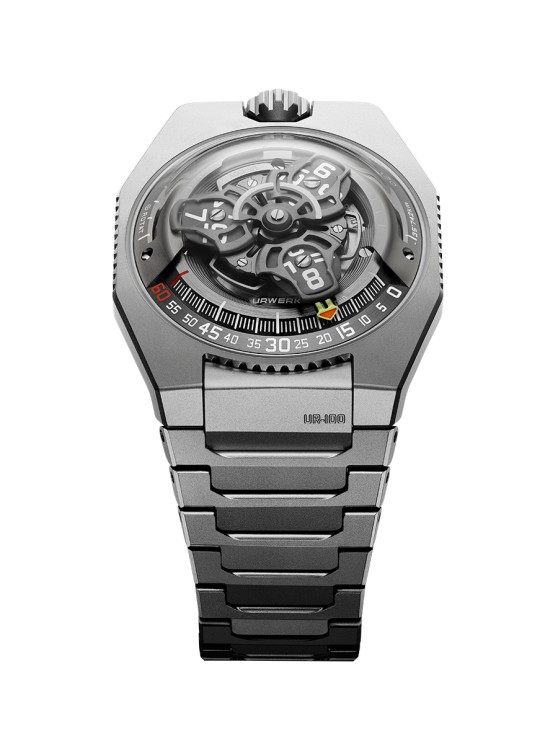
IWC might also be tempted by the mission. The brand just released its Eternal Calendar, a perpetual calendar that calculates the date until the year 3999, taking into account all the leap years and their centenary exceptions. It only stops at the year 3999 as no one has decided what happens after that! It also features a moon phase that is precise to 45 million years (the average for a high-end watch is 122 years). So, they obviously have the know-how for a lunar challenge.
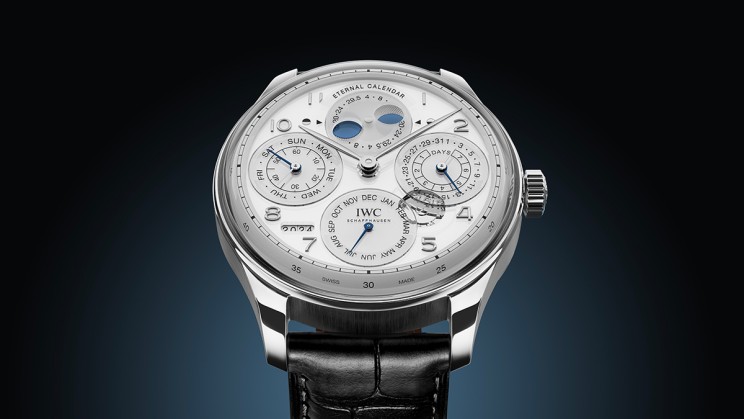
And, last but not least, there is Bovet, which just released a world premiere world timer that indicates Earth’s 24 time zones, along with the calculation of Daylight Saving Time around the globe using an ingenious system of rollers. I bet their constructors could figure out a way to incorporate LTC, especially as it won’t be subject to Daylight Saving Time!
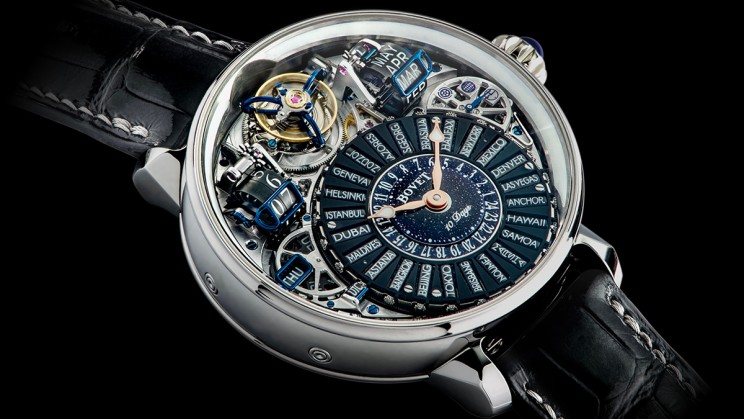
Now that I think about it, maybe NASA should get in contact with all of the above and create a working group of Swiss know-how because 2026 will be here before we know it…and even quicker on the moon!
